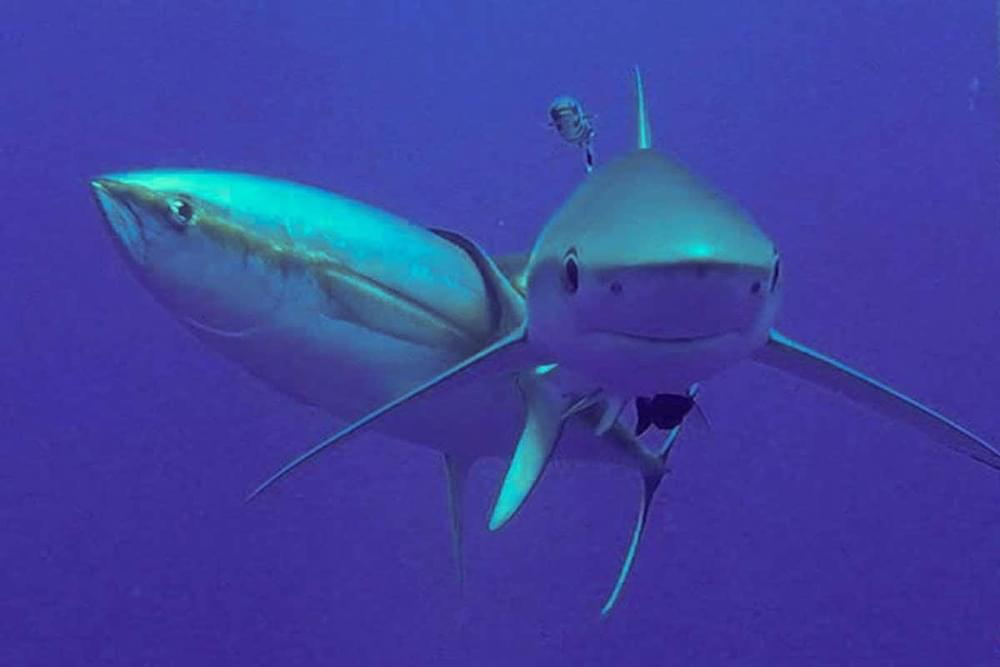FOR as long as internal combustion has ruled the roads, vehicles have been fitted with just three basic types of engine: four-stroke, two-stroke, and rotary.
Each differs from the next with regard to its power density and fuel economy, but the general premise of each is very similar. Air and fuel go in, get ignited, and push the piston (or rotor) which in turn rotates the crankshaft creating motion.
It’s a simple enough process, and through well over 100 years of fettling and refining, petrol engines have become ever more potent, economical, and advanced.






